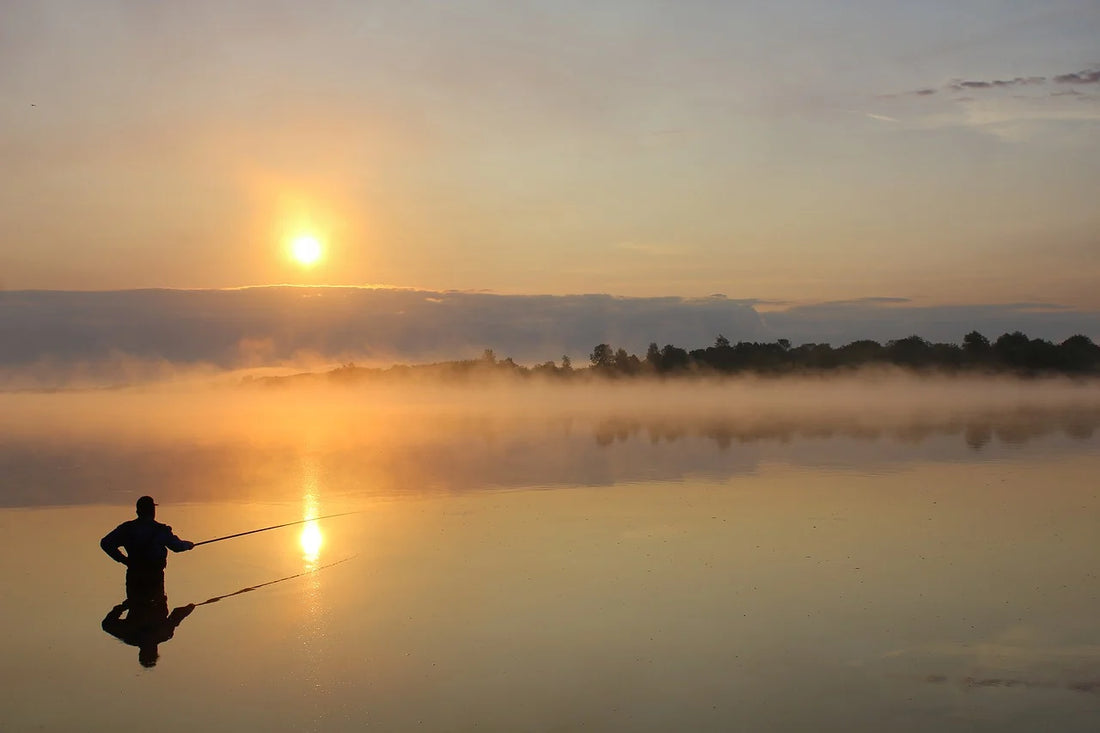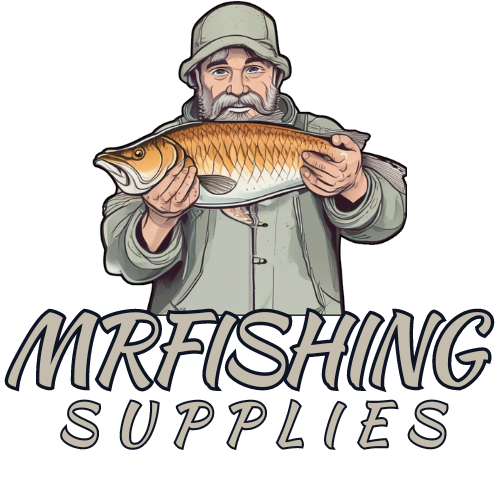
How to Fish in Rivers and Streams: Techniques and Tips for Success
Share
Fishing in rivers and streams offers a unique challenge and experience compared to still water fishing. The moving water creates dynamic environments that can be both rewarding and complex to navigate. In this detailed guide, we’ll explore essential techniques and tips for fishing in rivers and streams, including how to read the current and find fish. Whether you’re a seasoned angler or a beginner, these insights will help you enhance your river and stream fishing skills.
Understanding River and Stream Dynamics
Reading the Current
- Identifying Current Patterns: Look for changes in the water's surface to identify different current patterns. Eddies, riffles, and pools are key areas where fish may be located.
- Water Speed: Fish often conserve energy by staying in slower-moving water. Look for seams where fast and slow water meet, as these areas can be prime feeding spots for fish.
- Structure and Cover: Fish use structures like rocks, logs, and vegetation as cover from the current. These areas also provide ambush points for feeding.
Finding Fish
- Deep Pools: During the day, fish often retreat to deeper pools where the water is cooler and they feel more secure.
- Riffles and Runs: In the early morning and late evening, fish may move into shallow riffles and runs to feed. These areas are oxygen-rich and attract various insects and baitfish.
- Undercut Banks: Fish, especially larger ones, often hide undercut banks to avoid strong currents and predators.
Essential Techniques for River and Stream Fishing
Drift Fishing
- Natural Drift: Allow your bait or lure to drift naturally with the current. This technique is effective for presenting your bait in a lifelike manner.
- Controlled Drift: Use weights or float rigs to control the drift of your bait, keeping it in the strike zone for longer periods.
Fly Fishing
- Matching the Hatch: Observe the local insect activity and choose flies that mimic the size, color, and behavior of the insects present.
- Casting Techniques: Use roll casts and reach casts to present your fly without disturbing the water too much. Accuracy is crucial in placing your fly in front of fish.
Spin Fishing
- Spinners and Spoons: These lures are effective in fast-moving water as their flash and vibration attract fish from a distance.
- Soft Plastics: Rigged on jig heads, soft plastics can be worked slowly along the bottom, mimicking the movement of natural prey.
Nymphing
- Indicator Rigs: Use a strike indicator to detect subtle bites when fishing with nymphs. This technique is effective in both fast and slow water.
- Weighted Nymphs: Add weight to your nymphs to get them down to the fish quickly, especially in deeper or faster currents.
Gear and Equipment
Rods and Reels
- Light to Medium Rods: For most river and stream fishing, a light to medium action rod provides the sensitivity and flexibility needed.
- Reels with Good Drag Systems: Ensure your reel has a smooth drag system to handle the sudden runs of river fish.
Line and Leaders
- Monofilament or Fluorocarbon Lines: These lines are less visible in clear water and provide the necessary stretch and strength.
- Longer Leaders: Use longer leaders to keep your line further from the fish, reducing the chance of spooking them.
Waders and Boots
- Chest Waders: Provide better mobility and access to deeper water.
- Sturdy Boots: Felt or rubber-soled boots with good traction are essential for navigating slippery riverbeds.
Environmental and Ethical Considerations
Catch and Release
- Minimize Handling: Wet your hands before handling fish and avoid squeezing them. Use a rubber landing net to reduce injury.
- Quick Release: Use barbless hooks for easier release and minimize the fish's time out of the water.
Respect Local Regulations
- Check Fishing Laws: Ensure you are familiar with local fishing regulations, including size limits, bag limits, and seasonal restrictions.
- Leave No Trace: Carry out all trash and avoid damaging the riverbank or vegetation.
Conclusion
Fishing in rivers and streams can be incredibly rewarding with the right approach and techniques. By understanding the dynamics of moving water, using appropriate gear, and employing effective fishing techniques, you can increase your chances of success. Remember to fish responsibly, respecting both the fish and their habitats to ensure that these waters remain vibrant for future generations.
